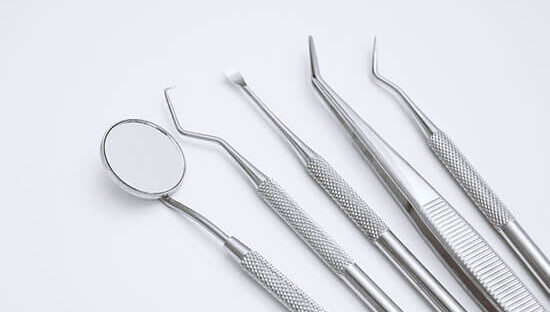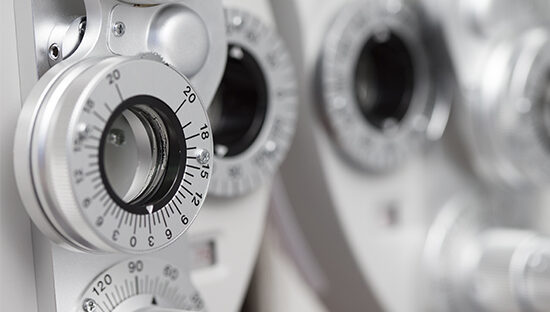
What is the health technical memorandum?
Health Technical Memoranda (HTMs) are a series of documents, produced by the Department of Health (DH), that provide guidance on the design, installation and operation of specialised building and engineering technology used in the delivery of healthcare.
The series help healthcare providers in managing their duty of care through best practice engineering standards and policy. HTMs supersede the Choice Framework for local Policy and Procedures (CFPP) series which was the pilot initiative by the DH.
What is HTM 01 01?
HTM 01-01 consists of a list of documents (part A-E) that provide guidance and information on the decontamination and reprocessing of reusable surgical instruments used in healthcare.
HTM 01-01 is not a replacement for other legislative documents issued by the DH, but it provides a helpful tool for healthcare organisations to develop policies and continuous improvement plans regarding management and decontamination of reusable medical devices. By following this guidance, healthcare organisations will be able to comply with Regulations 12(2)(h) and 15 of the Health and Social Care Act 2008 (Regulated Activities) Regulations 2014.
The first 2 parts of HTM 01-01 (covered here) provide general considerations and guidance that should be applied when decontamination processes of reusable medical devices are being considered and implemented in healthcare settings.
What is HTM 01 01 Part A?
Part A: management and provision. This part of HTM covers the policy, management approach, and choices available in forming a locally developed operational environment that is risk controlled. It includes guidance derived from advice and policy from the DH, recommending the establishment of Essential Quality Requirements and Best Practice – terms which HTM 01-01 defines in detail, explaining what they constitute and how they can be used for care commissioners and regulators to assess local policies and practices. Much of Part A of HTM 01-01 provides advice on the management of surgical instruments, taking into consideration efficient surgical care and preventing the possibility of having a lack of available instruments before a perioperative procedure. Additionally, it details precautionary policies pertaining to “conventional pathogens”, as well as a section specifically focused on human prion disease, including variant Creutzfeldt-Jakob disease (vCJD).
What is HTM 01 01 Part B?
Part B: common elements. Here the HTM covers the various types of equipment that should be used for the decontamination and reprocessing of medical devices. The test equipment required to carry out test procedures referred to in the HTM (e.g., data recorders, sensors for temperature and pressure, flow meters, etc.) are reviewed in this section, including how they should be fitted or placed within decontamination devices and the calibration of the equipment, which should be by a UKAS-accredited laboratory in accordance with ISO/IEC 17025, with traceability to the National Standard. The relevant requirements that the equipment should comply to is addressed in Part B.
An example of such equipment detailed in HTM Part B is test data recorders, which are used in decontamination equipment to measure temperature, as well as other parameters like pressure and flow rates. They should comply to BS EN 285 (“Sterilization – Steam sterilizers – Large sterilizers”) or BS EN 15883 (“Washer-disinfectors”), and if a software is required (in the case of digital data recorders) it should be developed and validated under a recognised system (see BS EN 13485 “Quality management for medical devices”). The recorder must be capable of measuring the variables at all stages of the decontamination cycle to sufficient accuracy in order to confirm the process conditions have been reached. HTM 01-01 Part B lists the criteria that should be followed to ensure this accuracy.

What is Chapter 3 in HTM 01-01?
Part B provides guidance on the specification, purchase and installation equipment used for decontamination of surgical equipment. The purchasing of equipment required for decontamination processes needs to be planned correctly, and this section of the HTM aims to provide a step-by-step aid for the purchaser regarding of what needs to be purchased. The use of decontamination specialists (e.g., Authorising Engineer (Decontamination) (AE(D))) to help with the procurement documentation is advised, as well as the importance of the systems adhering to engineering standards. When purchasing decontamination equipment, it is advised to think about the following questions:
- What type of load will be processed?
- What type of machine is required (e.g., washer-disinfectors, sterilizers)?
- Where will the machine be sited?
- What services are available? Different types of services that decontamination equipment may require are steam, electricity, water, compressed air, drainage, effluent handling, ventilation and bulk or integral storage/supply of chemical additives/sterilant gas supply.
- Who will operate the equipment? The requirements for the training of operators can be found in BS EN ISO 13485.
- What capacity is required?
- What ancillary equipment will be needed?
- What standards or specifications are relevant?
- What sort of contract will be created for the supply and installation of the machine?
- Which manufacturers will be invited to tender for supplying the decontamination equipment?
- What installation and commissioning arrangements will be implemented?
- What arrangements for service and repair will be implemented?
- What are the likely running costs?
The validation and verification of decontamination equipment used in healthcare facilities is important, and good decontamination practice ensures that the required standards of performance and safety are met and sustained. Good decontamination practice is based on the following 4 key aspects:
- All decontamination equipment is subjected to a programme of validation.
- A planned program of periodic testing for all decontamination equipment is applied.
- Decontamination equipment is operated by trained staff in accordance with a written procedure including manufacturer’s instructions and local policies.
- A planned maintenance program is used for all decontamination equipment.
See parts C to E, which go into detail about the cleaning and sterilisation of reusable medical devices.
If you have any questions or need further assistance in understanding and implementing these requirements for your reusable medical devices, please don’t hesitate to get in touch with us. Our team is ready to discuss your specific requirements and provide guidance tailored to your needs.





